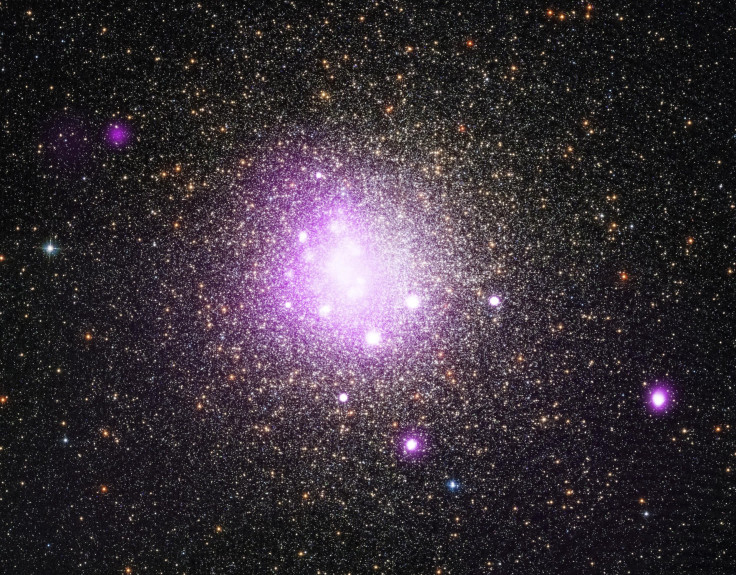Astronomers catch zombie star with ‘bad behaviour,’ ripping asteroids to shreds

Astronomers have observed a hot, dense white dwarf star behaving badly by ripping asteroid-like objects to shreds and swallowing up the pieces. The white dwarf, called WD 1145+017, has been found to have a strange activity among its kind due to inconsistent dimming of its light as observed by the Kepler space telescope.
The astronomers believe that the system of the white dwarf could be composed of one or more planetesimals, or asteroid-like objects, which it rips apart with its intense gravitational field. The ripped objects tend to leave dust in the space, turning into a large tail that potentially causes the star’s light to dim.
Several small Earth-based telescopes have been used to study the strange white dwarf to fully identify the objects floating near it. The observations show that the objects are small and closer to the star than the space between the moon and Earth, according to NASA.
The National Geographic stated that a typical white dwarf is so small that any planet that passes in front would completely or nearly cover it, and would totally dim its light. But in the discovery, the light of the WD 1145+017 dims by only about 40 percent.
The observations show the inconsistent dimming of its light sometimes can be observed to be greater in some transits and less in others. Astronomers also said that the white dwarf sometimes didn’t dim in cases when it was expected to.
After the white dwarf dimmed, it also tends to brighten gradually. The brightening should tend to be abrupt if it’s a planet that transits in front of the star.
The study lead author, Andrew Vanderburg, of the Harvard-Smithsonian Centre for Astrophysics, described the white dwarf as “the smoking gun.” The astronomers said that it could be the dust that “come and go” in the star’s system.
A common white dwarf is described to be a cosmic zombie. This star is the corpse of an aging, sun-like star that swells into a red giant and loses its outer layers. The star then turns into a tiny, extremely hot ember.
The astronomers have been also observing some unique features of white dwarfs that may help to explain the behaviour of the WD 1145+017. The first feature is that some white dwarfs indicate the presence of relatively heavy elements on its atmospheres, such as aluminium, magnesium and silicon.
Many white dwarfs also have another unique feature of having swirling disks of dust around them, which could be delivering the heavy elements on the stars’ atmospheres.
The astronomers said that the new discovery could help theorists to study exoplanets “Future observations of evaporating planets and metal-polluted white dwarfs might even allow scientists to distinguish between material that originated in a planet’s core as opposed to its mantle,” astronomer Francesca Faedi, from the University of Warwick, wrote in a commentary about the study.
Contact the writer at feedback@ibtimes.com.au or tell us what you think below






